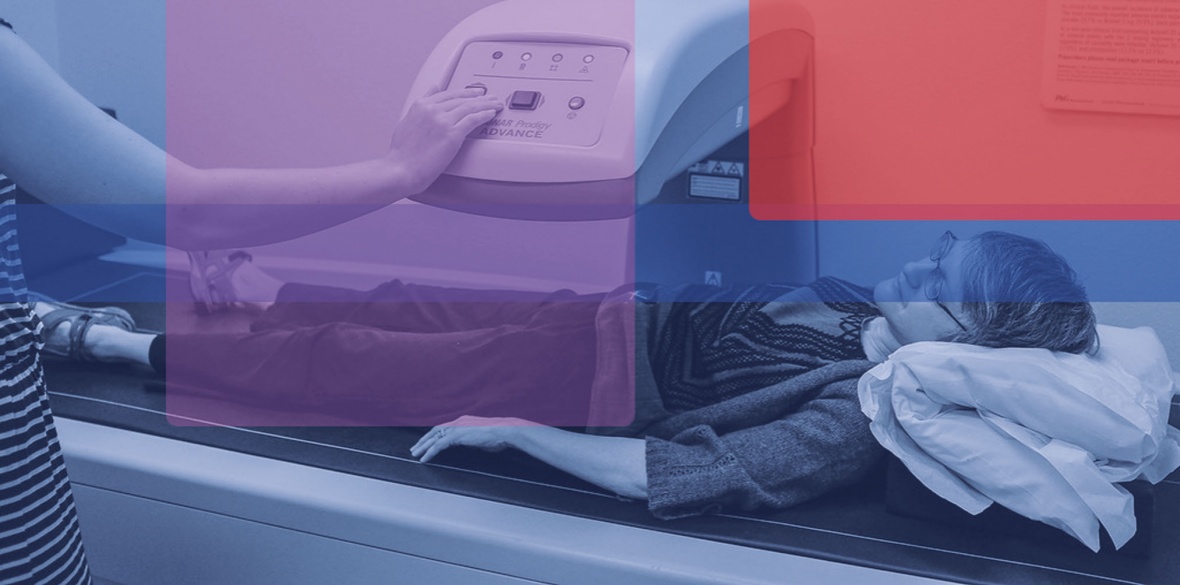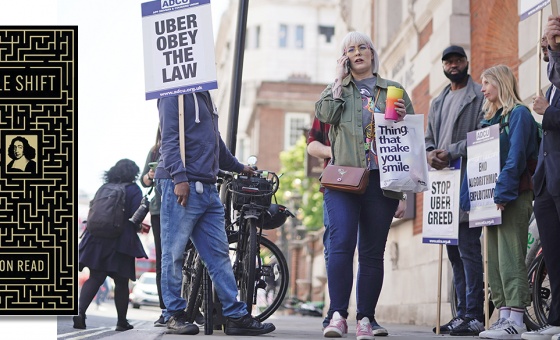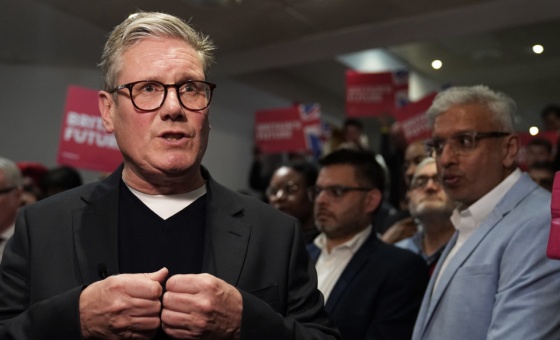This is the last article you can read this month
You can read more article this month
You can read more articles this month
Sorry your limit is up for this month
Reset on:
Please help support the Morning Star by subscribing here
IF THERE was just one thing a political party should focus on in a general election year, it would be the services for the millions who are at risk of developing osteoporosis or who already have the condition.
Osteoporosis affects 3.5 million people a year in Britain with over half a million broken bones. Fractures, particularly in those over 50 can be very damaging and as many people die of a fracture-related cause as those from lung cancer or diabetes.
Yet, it’s a condition that with timely intervention can be treated, with further fractures prevented. That needs to be stressed, because, at the current time, services are in a “chronic state” as noted by the all-party parliamentary group (APPG) in December 2023. This means those with the condition are being severely let down.
Two of the main problems are the difficulties people have in getting a bone density scan (DXA scan) and then the lack of fracture liaison services (FLS) to assess and monitor these patients. The result of this is and has been, catastrophic for those affected and their families.
When osteoporosis is suspected in a person over 50 and/or they present with a fragility fracture (a fracture from a fall from standing height or less) they should be referred for a DXA scan. But the waiting times for a DXA scan were found by the APPG to be “wildly disproportionate” compared to other types of scans like an MRI or ultrasound.
The number of people waiting more than the prescribed six weeks for a scan increased from 2,245 to 20,000 between 2020 and 2022, with nearly half (46 per cent) of services missing the six-week target and a quarter (26 per cent) taking more than 13 weeks.
The Royal Osteoporosis Society said: “These delays, alongside other systemic failings, are putting patients at risk of preventable, life-changing injuries.”
In terms of the number of DXA scanners available, the APPG found Britain had one of the lowest in Europe. In fact, per head of population, Britain is ranked 23rd out of 29 countries.
This lack of available scanners has a huge impact. In areas with limited access, people can face a three-hour trip to get scanned, which some, especially those who are older and/or more vulnerable, just can’t manage. Such problems can lead to people wondering if they can afford to “go private” to get a scan and diagnosis.
This was something Carole decided to do. A private DXA scan revealed she did have osteoporosis, but the problem was also getting follow-up private DXA scans every two to three years to monitor her bone density and treatment.
When the original scanner broke down, she had to switch to a mobile unit which did not return after Covid. Although the scanner was eventually repaired allowing her to have her next follow-up scan on it, it broke down again. The private hospital simply chose not to repair it due to “economic reasons.”
She had to again switch to another scanner thereby making correlation between data obtained from previous scanners very difficult despite all being done on the same scanner model. However, Carole feels she’s one of the lucky ones as she was able to access private healthcare rather than being left undiagnosed and untreated had she stayed in the NHS.
The other main issue is the availability of joined-up services for those with the condition. The Royal Osteoporosis Society says: “The current postcode lottery of follow-up care means that, despite FLS reducing the re-fracture risk by 30-40 per cent, people without access to such services are simply “fixed up and forgotten about” in A&E fracture clinics, without their underlying osteoporosis being diagnosed.
“If osteoporosis was picked up at the time of a bone break, with the person assessed and treated appropriately, further breaks can be prevented — known as secondary fracture prevention.”
With patients treated under a FLS service, the benefits are significant. For example, with FLS services across England, the Royal Osteoporosis Society says 74,000 fractures, including 31,000 hip fractures, could be prevented over five years. This would release 750,000 bed days saving the NHS £665 million.
But without the care of an FLS or risk factors spotted, it can be that some people find out they’ve been living with this condition for years. That’s why it’s often referred to as a “hidden” or “silent” condition.
This is what happened with Merle who was in her early seventies. She had broken her wrist. This took a long time to heal, and then a year later sustained another fragility fracture. This second injury triggered a DXA scan.
What the scanning revealed was multiple spinal fractures over the years, that had led to a curvature of the spine (kyphosis). At that time, she was diagnosed with advanced osteoporosis. Her daughter said: “Had she known about her risk factors sooner, or known that fractures could be prevented, she would’ve been able to stay independent for much longer.
“As it was her last few years of life, she was in very poor health, stuck at home, unable to walk unaided and she was being fed through a tube. The curvature of her spine meant she was unable to physically swallow any more.”
Spotting risks earlier means GP practices need to be identifying those patients sooner. But this isn’t always happening, whether that be due to time pressures or a lack of specialist knowledge. In society, there’s also a lack of knowledge about osteoporosis and the steps we can all take to help protect our bone health.
To help change that, the Royal Osteoporosis Society has developed a tool for anyone who thinks they may have or be at risk of having the condition, the osteoporosis risk checker at www.theros.org.uk.
It’s an absolute crime that so little investment has been made into osteoporosis services. With the APPG producing a clear roadmap in its reports of what needs to happen, it’s now time for action. These “chronic” services need urgent attention so it’s no longer a waiting game to get a scan or a lottery for whether you get follow-up care.
Ruth F Hunt is a freelance journalist, columnist and author.
Find out more about osteoporosis at www.bit.ly/osteo24. To find out about the campaign for FLS at www.bit.ly/FLScampaign.











